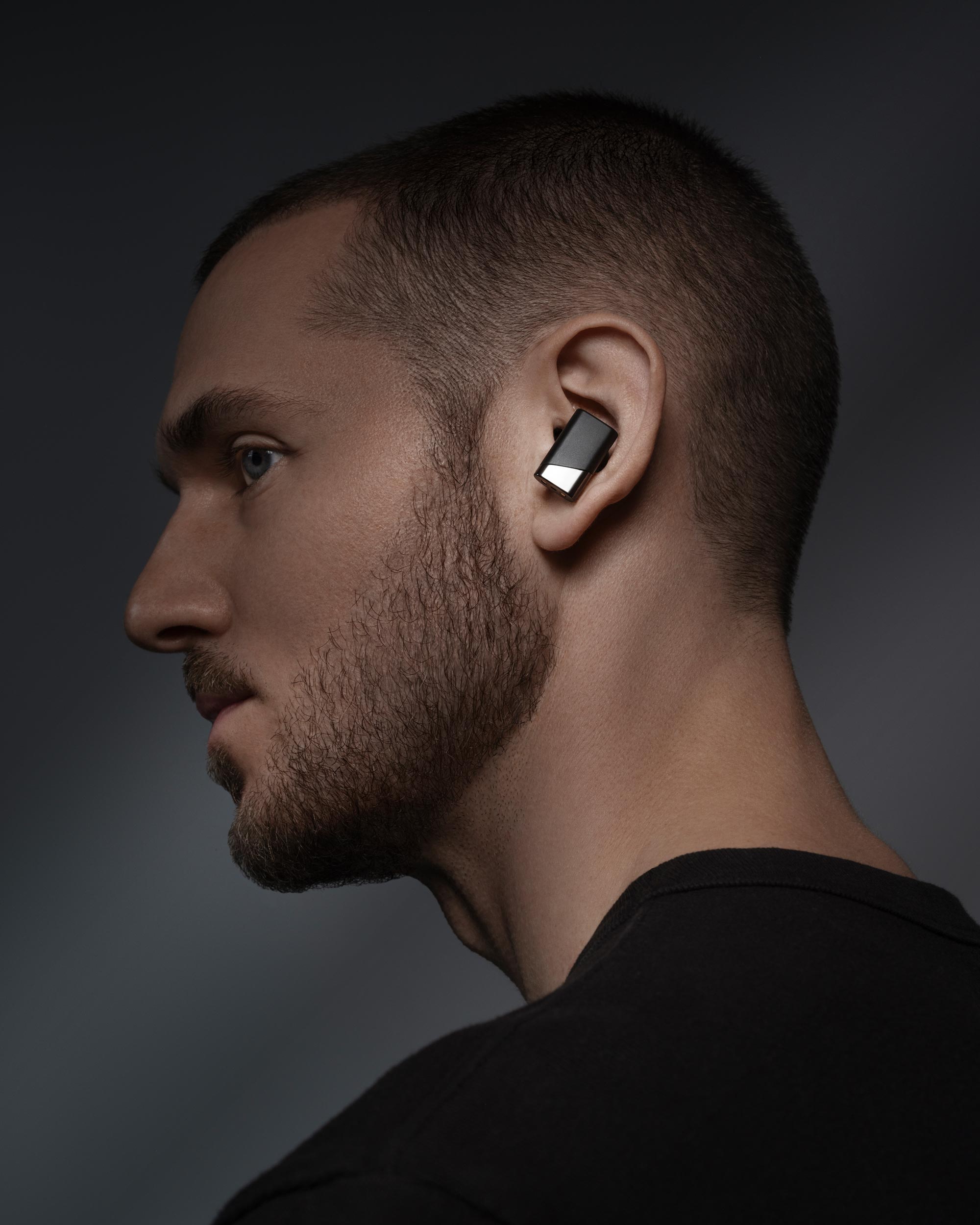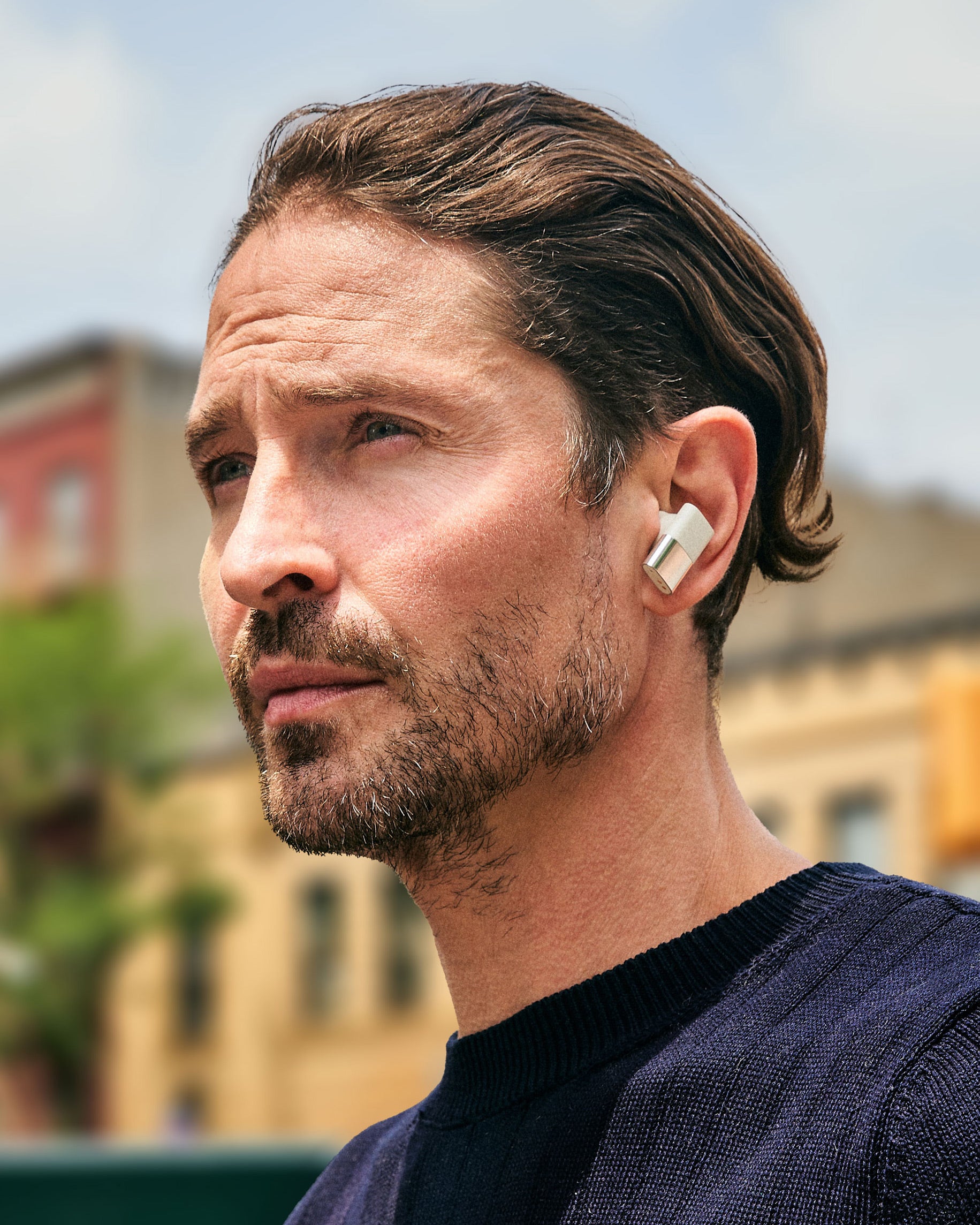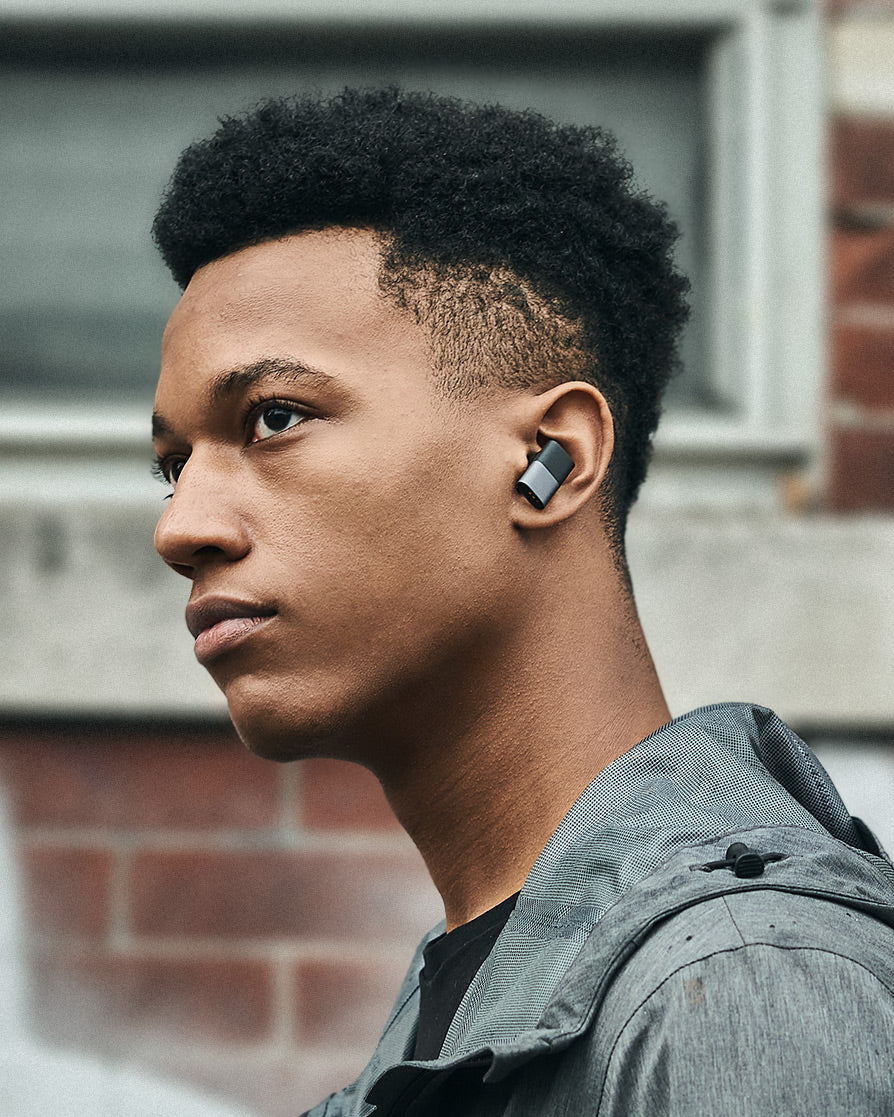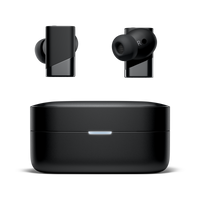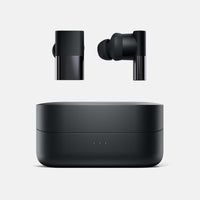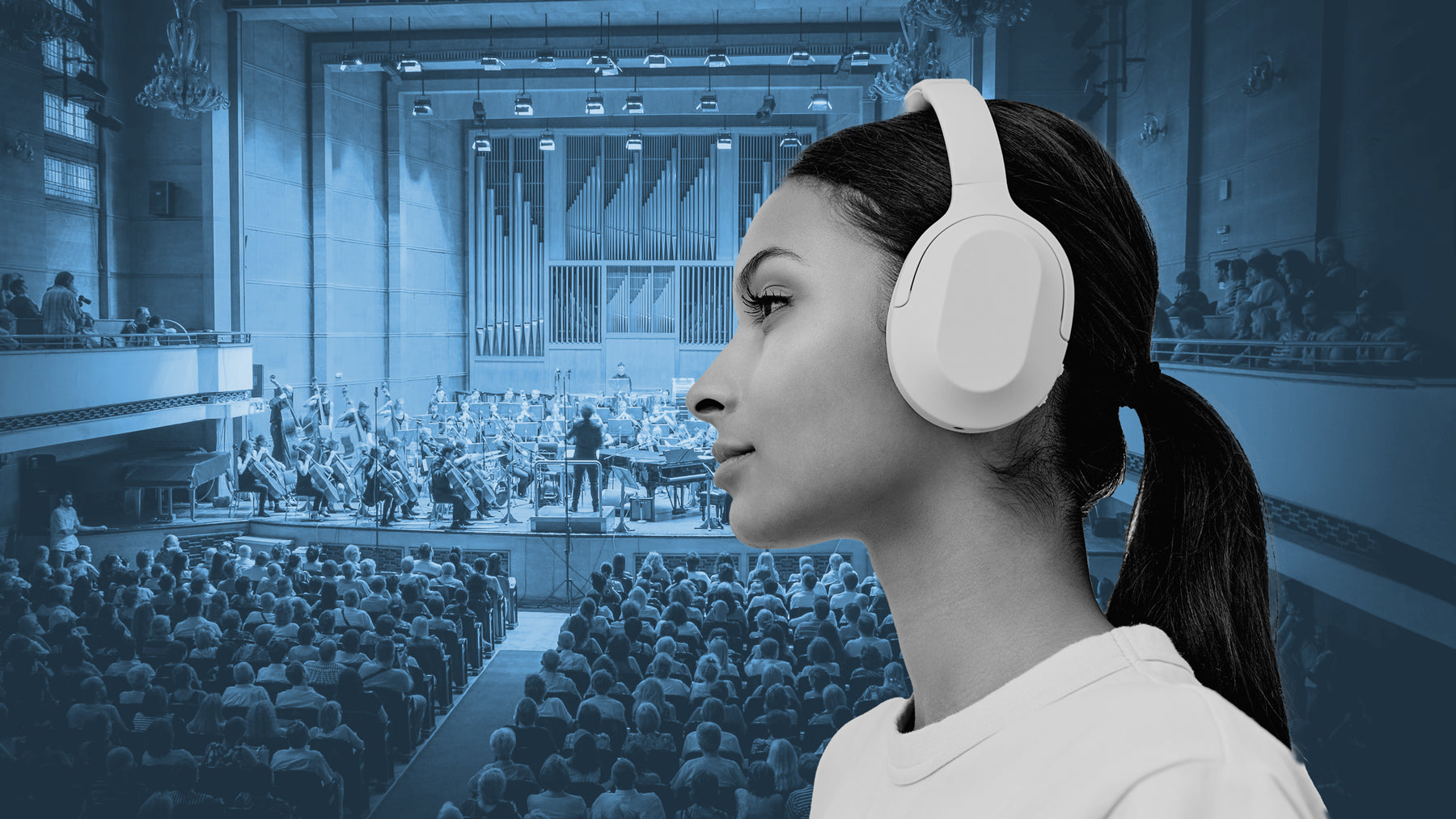
What is Soundstage and Imaging in Headphones?
If you’ve read a headphone review or allowed an audiophile to speak for too long, you may have heard the terms soundstage and imaging mentioned in the same breath.
While the concept of frequency response accounts for the tuning and balance of headphones and earbuds, staging and imaging are somewhat more abstract concepts that describe a headphone’s abstract spatial qualities.
Let’s go over what these terms mean by exploring the differences between soundstage and imaging, how they differ when talking about speakers or headphones, and finally, go over how headphones can produce “three-dimensional” sensations despite their “two-dimensional” lateral positioning on a listener’s head.
Preface: How Are Soundstage and Imaging “Spatial?”
With the emergence and rising popularity of spatial audio, it’s worth mentioning that this article is not talking about soundstage and imaging in that context. Rather, the use of “spatial” here is entirely descriptive and is in reference to traditional stereo recordings.
Despite the fact that stereo recordings are figuratively 2 dimensional (two points of audio output), it’s nearly impossible to discuss imaging and staging without talking about three-dimensional qualities such as depth, height, and width.
Have you ever listened to a song on headphones and felt as if the vocals were two feet to your left and three feet in front of you? Don’t worry, that’s not a rhetorical question. Some people will say yes, some will say no. Soundstage and imaging are particularly interesting to go over with headphones precisely because they are highly subjective qualities that are in many ways intangible.
Soundstage vs. Imaging
A soundstage is the figurative “space” wherein parts of songs are placed. Think about the difference between attending a concert at a stadium versus a backroom at a bar. Soundstage accounts for components such as the width, depth, height, and "shape" of the abstract space wherein a recording is contained.
Imaging accounts for the movements and location of particular parts in a song. Imagine watching a live band where a guitar is amped to the right side of the stage while a keyboard is amped to the left. Headphones or speakers with good imaging will be able to portray their left and right placements with a realistic level of detail and nuance.

To map their relationship with one another directly: a speaker or headphone soundstage is the static space wherein the movements and placements of imaging occur.
Taken in conjunction with one another, soundstage and imaging are responsible for qualities such as layering, separation, and spaciousness.
Soundstage and Imaging: The Difference Between Headphones and Speakers
Imaging and soundstages are established (and perceived) on headphones and earbuds quite a bit differently than it is on speakers. Let’s go over the primary components that inform how speakers exhibit these qualities before we jump into the trickier world of headphone soundstages and imaging.
Soundstage and Imaging Variables in Speakers
In the case of speakers, a phenomenon known as crosstalk plays a fundamental role in their soundstage and imaging. Crosstalk means a listener is able to hear both the left and right speaker channels in each ear. This results in a listener hearing audio playing out of the left speaker a millisecond later in their right ear than their left, and vice versa for the right speaker.
Though this time delay is minuscule and not something a listener can consciously notice, our brains perceive and process the delay as spatial information rather than time information. In fact, this small delay between left and right ears plays a large role in our ability to accurately localize everyday, non-musical sounds as well.

Aside from crosstalk, speakers’ soundstages and imaging are also heavily determined by the room in which they're situated. Where they're placed in the room, the angle at which they're placed, the size and shape of the room, the materials composing the walls and floor, and where a listener sits relative to the speakers all play a highly significant role in speakers' staging and stereo imaging.
Soundstage and Imaging Variables in Headphones
In the case of headphones and earbuds, imaging and staging occur within their imposed channel isolation. Isolation means that a listener's left ear only hears the left channel, and the right ear only the right channel. As they are laterally fixed in place on or in your ears, they lack the truly physical room presence we hear when listening to speakers.

So, unlike the spatial components that are literally present in speakers' staging and imaging, headphones and earbuds establish their soundstages and stereo imaging with psychoacoustic considerations baked into their designs and tunings.
Channel Matching
Channel matching refers to how closely the left and right sides of headphones/earbuds mirror one another. For example, a headphone with perfect channel matching will have a left driver that is perfectly identical to the right driver. Believe it or not, the vast majority of headphones and earbuds on the market do not have perfectly matched channels.
The better the channel matching, the better the imaging. Duplex theory posits that humans localize sounds on a lateral field based on two criteria: time and intensity differences between left and right ears. A headphone that can faithfully reproduce the relationship between left and right channels in a recording will preserve their timing and intensity, and will thus do a better job with part placements and imaging.
Tuning Tricks
Soundstages on headphones and earbuds often derive their "shape" and "size" from certain tuning characteristics. A well-known example (at least in some circles) of how headphones’ and earbuds’ tunings can affect the imaging of a headphone can be found in headphones with recessed (AKA attenuated) mid-ranges.
Vocals are often the most prominent mid-range part of a mix. When the mid-range (particularly the upper mid-range) is brought down in a headphone balance, some listeners perceive vocals as if they're situated at a greater distance than the rest of the arrangement.
Vocals are also frequently panned dead center of a mix, and can thus impart an extra "depth" upon a headphone's soundstage when they present as if they’re coming from a distance.
Pinnae Activation
In order for headphones to produce the illusion of height or depth that defies their lateral positioning on a listener's head, they are often designed to engage a listener's pinnae (outer ear). The pinnae plays a crucial role in sound localization by processing frequency information between 2-10 kHz.
A full explanation of how this works could well be its own article, so we'll keep this brief with an overview of just one example:
Our pinnaes inform us of vertical and horizontal sonic information based on how they resonate and interact with frequencies around 10 kHz. Headphones that interact with the pinnae to achieve their intended amplitudes in the range of 10 kHz do a better job tricking our brains into perceiving a sense of height and width, oftentimes resulting in an expanded soundstage and more detailed imaging.
Headphones can target the pinnae by introducing elements of directionality to different parts of their frequency response. Things like cup design and the angle at which a headphone driver sits relative to a listener’s ear play a role in this directional shaping. As was said: this topic gets dense quickly.
Conclusion
If the concepts discussed in this article don’t speak for your experiences listening to headphones or earbuds, that’s perfectly reasonable. As mentioned earlier, plenty of people, even fully immersed audiophiles, claim they don’t hear any trace of soundstage or imaging dimensionality on headphones.
However, if you’ve simply never thought about your listens on headphones or earbuds in these experiential terms, keep them in mind the next time you have a listen. You know what to look for now - see if you hear it for yourself!.
